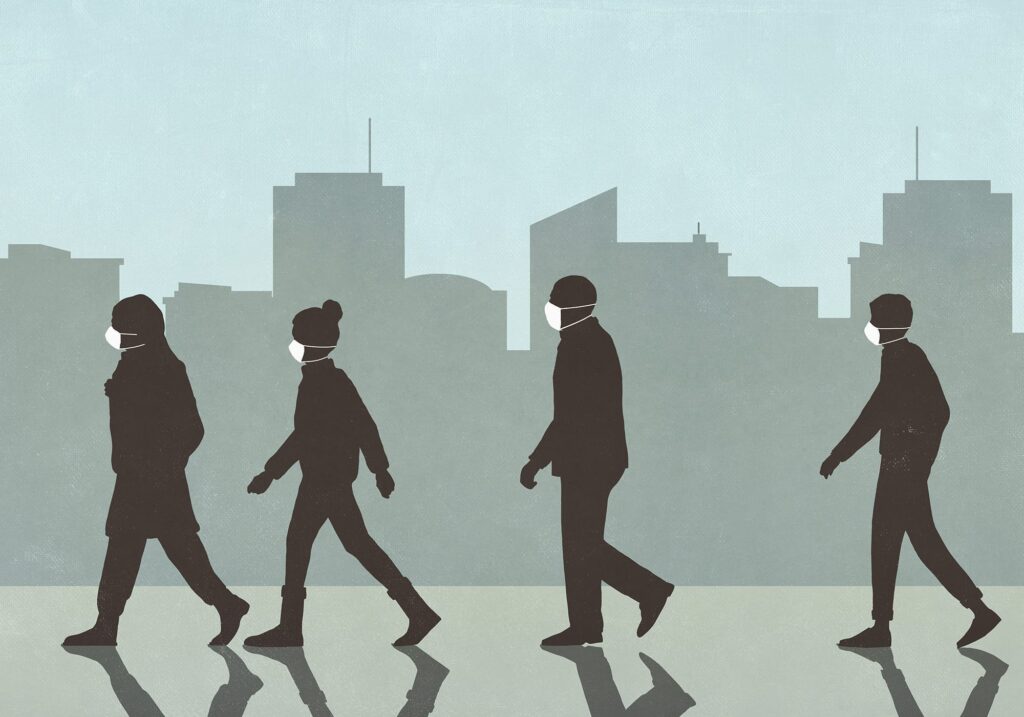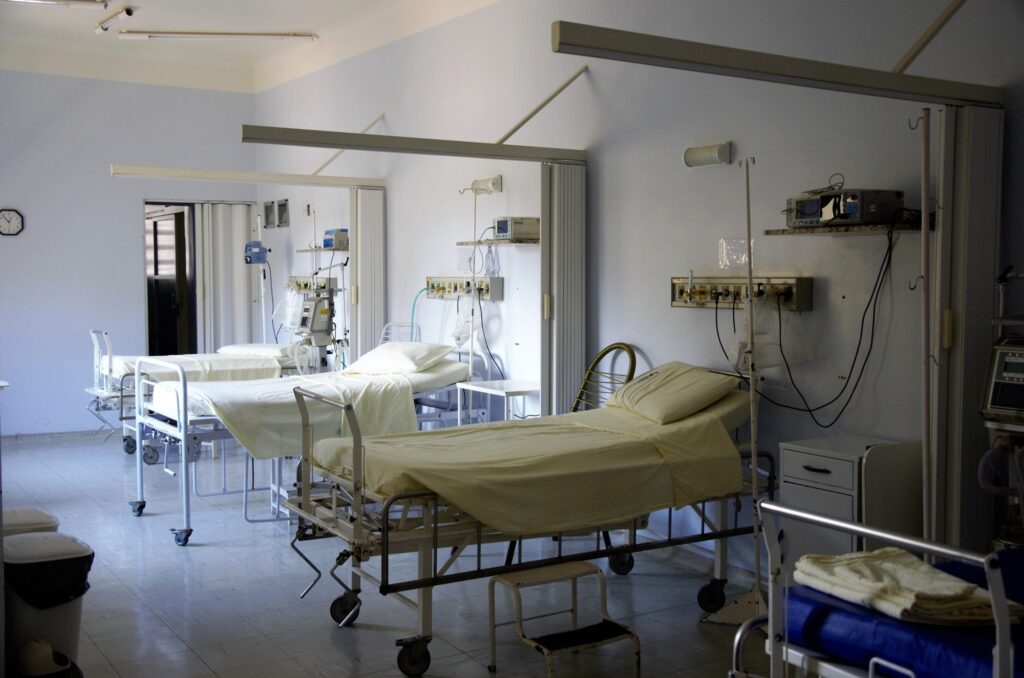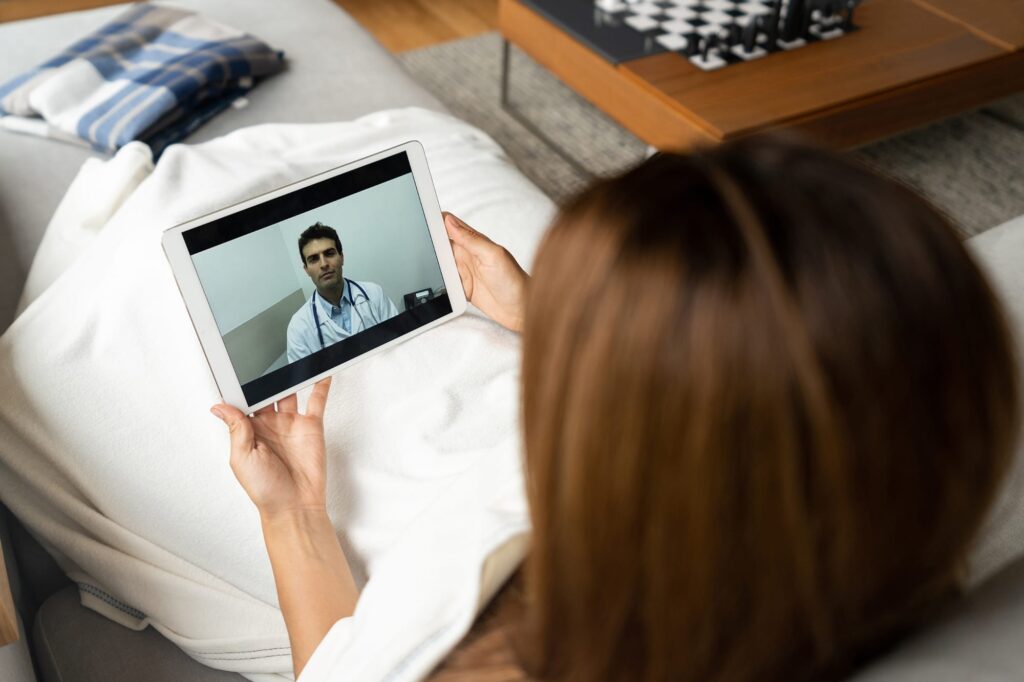
People are craving a return to “normal,” but no one quite knows what “normal” is anymore. Dr. Richard Popiel, Medecision Advisory Board chair and a senior adviser with McKinsey & Company, shares how he thinks the United States will change after COVID-19.
By Richard Popiel, MD, MBA, Medecision Advisory Board chair
As states begin to reopen, individuals are itching to return back to “normal.” The problem? Nobody knows what “normal” is anymore. As of posting, there are currently more than 1.5 million confirmed cases of COVID-19 across the United States and more than 90,000 deaths. The problem we find ourselves in today is that we don’t have a vaccine for the coronavirus, nor do we have any credible treatment. The virus will continue to wreak havoc until we find a treatment or vaccine.
Our lives will be forever changed by COVID-19—and some of the experiences we’ve had over the past couple of months will not go away. I think we’re about to experience what we’ll start calling our “new normal.” Here’s how.
> Greater public healthcare surveillance. Even before the COVID-19 outbreak, some countries used infrared monitors at airports to measure the temperature of individuals coming into the country. We saw this practice begin in countries including Russia, Liberia, Sierra Leone and India during the Ebola outbreak in 2014. More countries, including the United States, started temperature screenings when the coronavirus outbreak began. I’m not sure how exactly this will play out—and there are obviously pros and cons—but I think you’re going to see more surveillance methods like these strategically employed.
> Redesign pharmaceutical manufacturing processes. I believe we’re also going to see a redesign of our vaccine process and who controls it. I think the healthcare industry is going to look at how long it takes to develop a drug treatment and a vaccine, and it will push on both of those timelines to see if we can make them shorter, assuming it is safe and you can minimize risk to individuals. But, most importantly, we can’t have pundits who are not scientists grabbing on to the latest thing that might help and promoting it. We have to have a scientific basis to everything that we do with respect to the treatment or vaccination of individuals in the future.
> Redefinition of patriotism. There have been so many incredible examples, nationwide, of care and compassion during this outbreak. People have been coming together, regardless of political party, race, religion or income, to fight a common enemy: COVID-19. This season has helped redefine who we are—it helps align us and reignite our collective level of patriotism.
> Meaningful shift to remote work. The days of everyone working in an office are behind us—that train has left the station. We are going to start seeing more activities and work done remotely. COVID-19 has shown business leaders what has and has not only been successful with remote work, but also shown the cost savings of remote employees. Global Workplace Analytics estimates that by the end of 2021, 25–30% of the workforce in the United States will be working remotely multiple days a week.
> A digital lifestyle, including healthcare. COVID-19 has forced us to accelerate the transformation to digital and virtual health to at-home care in a way that I could not have imagined at the start of 2020. We’re seeing an uptick in telemedicine and telehealth visits with primary care physicians, specialists and even therapists—and I think that will continue post-pandemic.
There are, of course, more things that will change as we move past COVID-19. Many restaurants will likely continue to offer curbside delivery and reduce the number of available tables for inside dining. The airline industry is reporting on how it’s disinfecting planes and requiring flight attendants and pilots to wear masks. The education system is having to think differently and creatively about how to engage students and teach in different venues.
And, of course, this “new normal” will most certainly affect the healthcare industry in more ways than just an accelerated move to virtual health and telehealth. We’re going to see a greater need for palliative care—it’s heartbreaking to me to hear of people dying without their loved ones close by to hold their hands. I think we’ll also see home healthcare agencies play a more significant role in the future, as more care is delivered at home and monitoring of chronic conditions is done remotely.
During the Great Recession in 2009, Ian Morgan Davis, a former managing partner at McKinsey, wrote, “The question is, ‘What will normal look like?’ While no one can say how long the crisis will last, what we find on the other side will not look like the normal of recent years.” Now, 11 years later, those words still ring true. In this unprecedented new reality, we’re going to witness a shift in the way nearly everything has previously operated—healthcare, tourism and travel, restaurants and retail, and work. It’s our new normal.
Want to hear more? Check out Dr. Popiel’s podcast episode on the ‘new normal’ after COVID-19.



About The Author: Richard Popiel, MD, MBA
Dr. Richard Popiel is a senior healthcare executive with extensive experience in leading clinical and medical management operations for leading health plans and integrated delivery systems. He is the Chief Medical officer at Healthmap Solutions, and lends his talent and expertise to entrepreneurial companies nationwide to help accelerate a consumer-centric healthcare system. His experience includes executive roles at Cambia Health Solutions in Portland, Oregon and Horizon Healthcare Innovations, a Horizon Blue Cross Blue Shield of New Jersey company. In addition to his role on the Medecision Advisory Board, he serves as a senior advisor with BioIQ and McKinsey & Company. He is co-founder and managing partner of Xploration Health, LLC.
More posts by Richard Popiel, MD, MBA